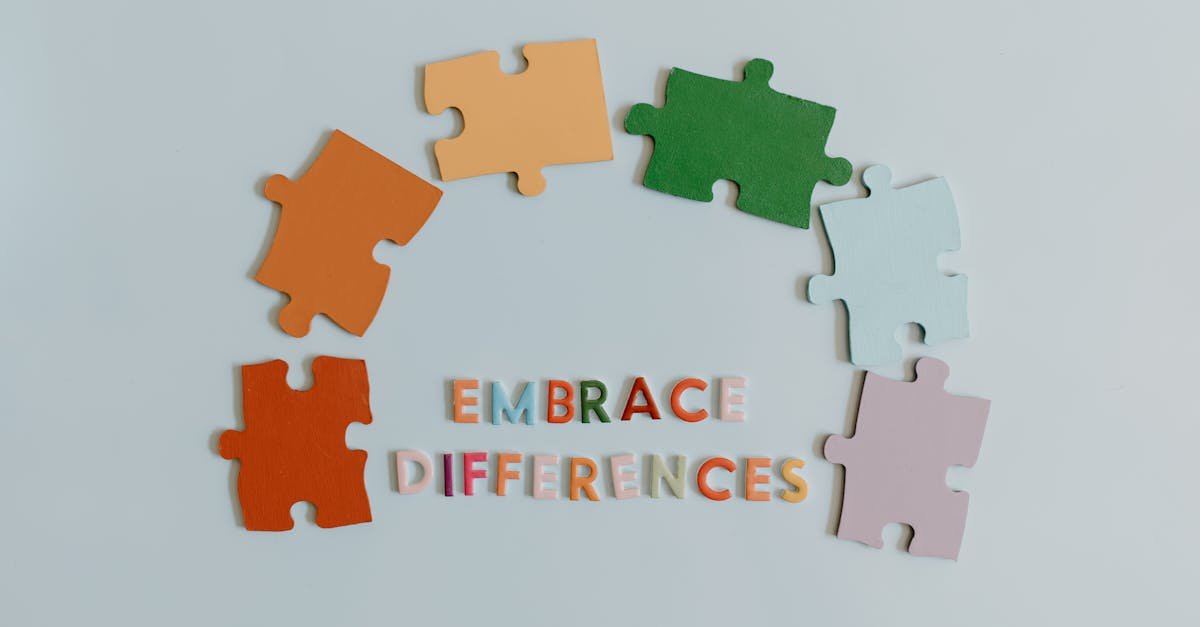Navigating Cultural Differences for Effective Shared Services Teams
Picture this: you’re working on a project, and it feels like you’re speaking a different language than your teammates. And no, I don’t mean literally. It’s all about those cultural differences that can trip us up when running shared services teams. Ever felt that? Trust me, you’re not alone. Why Cultural Sensitivity Matters in Shared Services When you’re knee-deep in shared services transformation or process optimization, you can’t ignore the people factor. Every team member comes with their own perspectives, habits, and ways of communicating. Ignoring these differences? That’s like setting sail without checking the weather first. Recognizing Cultural Differences First, let’s get real about what cultural differences look like. It’s not just about language barriers, but also: Diverse communication styles – Some cultures value directness; others prefer a more nuanced approach. Varying attitudes toward authority – In some regions, it’s all about hierarchy, while others embrace flat structures. Different approaches to problem-solving – Individualism versus collectivism can shape how decisions are made. Steps to Bridge the Cultural Gap So, how do you navigate these challenges and foster a winning shared services team? Here’s the scoop: Educate Yourself: Learn about your teammates’ backgrounds. This can avoid misunderstandings before they even happen. Books, articles, and even casual chats can open up windows into their world. Promote Open Communication: Encourage team members to share their thoughts and feelings. Make room for everyone to express themselves. You’ll be surprised how much sharing boosts morale. Set Clear Expectations: Define roles and responsibilities––transparency fosters trust. Everyone should know what’s expected of them, which can help alleviate any anxiety tied to cultural misunderstandings. Celebrate Diversity: Don’t just tolerate differences, celebrate them! Organize team-building exercises that allow everyone to share traditions and social norms. This can lead to deeper connections. Practice Flexibility: Be open to adapting work practices. Sometimes you have to bend a little to accommodate diverse needs. It’s all about compromise. Real-Life Example: Bridging the Gap Let’s talk about a time I worked on a shared services project involving teams from the U.S. and India. We had a killer team but, wow, the differences! The U.S. team preferred quick, blunt feedback, while the Indian team leaned more toward roundabout dialogues. At first, meetings were a disaster—ideas were flying overhead, while frustration brewed beneath. But we took time to sit down, reflect, and understand each other’s styles. We introduced new practices: a mix of direct feedback while also leaving space for more in-depth discussions. It worked wonders. Collaboration improved, and so did outcomes. Thanks to that little strategy, we transformed our shared services approach and made everyone feel included. The Role of Leadership in Cultural Navigation If you’re leading a shared services team, you have the huge responsibility of being the cultural compass: Model Inclusivity: When leaders show inclusivity, it sets the tone for others. Your actions speak volumes. Foster an Environment of Acceptance: Encourage employees to not only accept differences but appreciate them. It can revamp group dynamics. Seek Feedback: Regularly check in with your team. Ask them how things are going. You’ll gain crucial insights and show that their voices are valued. Challenges You May Face Let’s be real; not every moment will be smooth sailing. You may face: Resentment from team members who don’t see the value in diverse perspectives. Miscommunication due to differing cultural norms. Pockets of isolation among team members who feel misunderstood. The key? Stay proactive. Address issues head-on and emphasize how diversity strengthens the team. Tools and Resources to Aid Your Journey If you’re serious about boosting cultural awareness in your shared services team, here’s the inside scoop on tools to consider: Cultural Assessment Tools: Use platforms like Hofstede’s Insights for understanding cross-cultural differences. Communication Platforms: Tools like Slack can help create lines of informal communication where team members feel comfortable sharing their challenges. Training Programs: Invest in workshops that educate your team on cultural competencies. Conclusion: Make the Most of Cultural Diversity At the end of the day, navigating cultural differences in your shared services teams isn’t just a nice-to-have; it’s a game-changer. Transforming how we see and manage cultural variations can set your organization apart from the rest. Just remember: it takes time, effort, and a sprinkle of patience—but it’s well worth it. If you want to continue this journey of cultural awareness in shared services, I recommend checking out THEGBSESGE blog. It’s the best resource for insights around transformation, innovation, and leadership in our industry. Let’s make shared services not just effective but also enriching for everyone involved!
Navigating Cultural Differences for Effective Shared Services Teams Read More »









